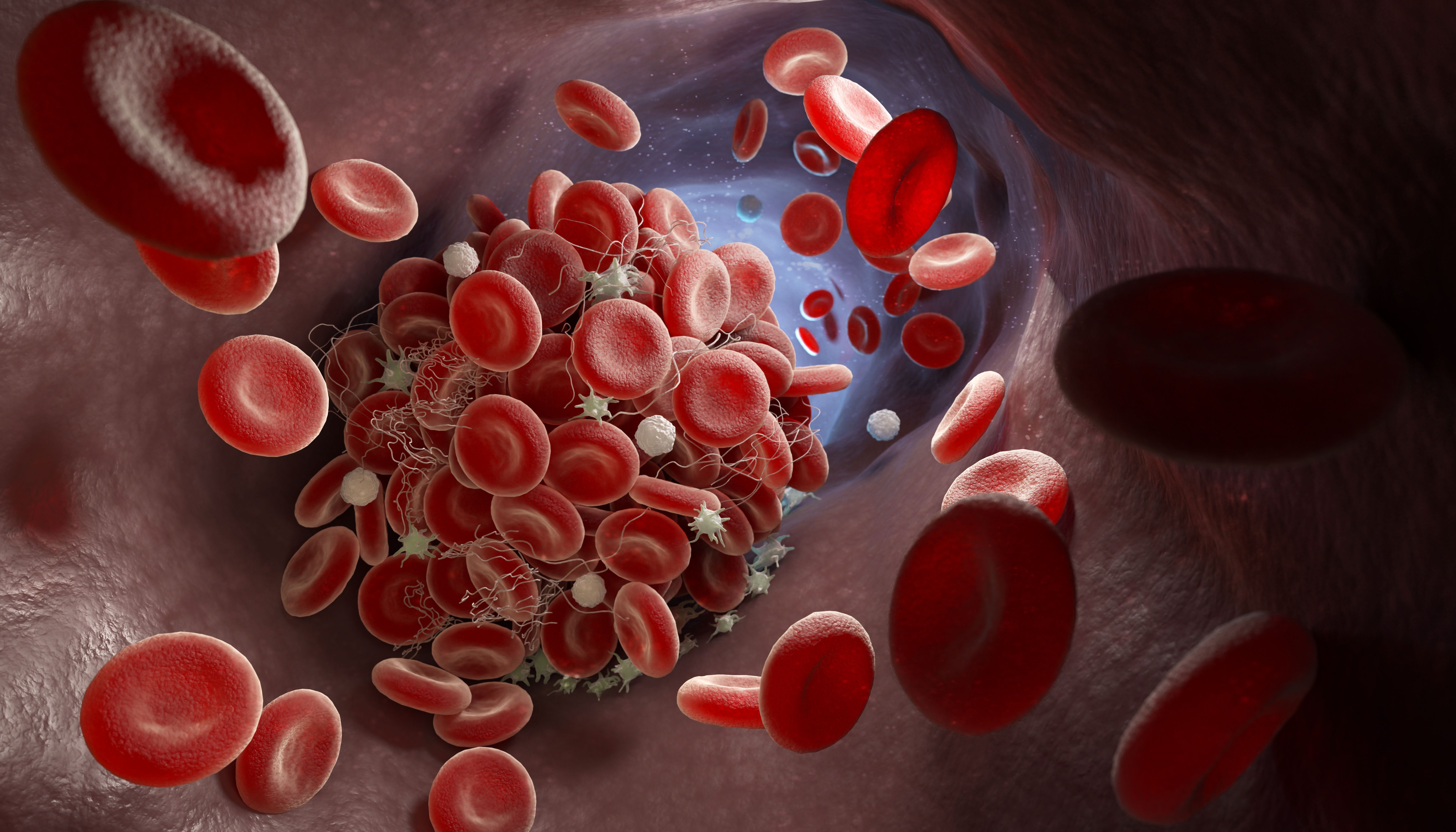Article
Women More Likely to Survive Essential Thrombocythemia Than Men
Author(s):
A recent study found that gender makes a difference in the survival of a patient with ET.
Until now, gender had not been considered a factor in survival rates of individuals with essential thrombocythemia (ET), a type of myeloproliferative neoplasm (MPN). But according to a recent study conducted by researchers at the Mayo Clinic in Rochester, Minnesota and the University of Florence in Italy, being male may lead to inferior overall survival (OS). In other words, women survive more frequently than men with ET. The study was published in the American Journal of Hematology.
Altogether, 1,494 patients were involved in the study — 904 from the Mayo Clinic and 590 from the University of Florence. Researchers found that “[i]n the univariate analysis of the primary Mayo Clinic cohort, male gender was associated with inferior OS.” They also noted, however, that this gender disparity was not seen in another cohort who had polycythemia vera (PV), another subtype of MPN. When it came to those involved in the study on the Italian side, results were the same.
Other variables that the researcher found to have an impact on ET outcomes included patients’ ages — specifically, they had better outcomes if they were younger than 60 years old — and leukocyte count. But when it came to thrombosis history, gender actually surpassed thrombosis in its impact on overall survival.
While researchers don’t know why this is so, they do have some theories.
ET is usually an indolent condition — meaning that it is slow-growing and may cause little to no pain. This may account for the difference in survival rates between men and women, as they may tend behave differently with a condition like ET.
“The primary reason behind our observation might be related to the indolent natural history of ET, which might have allowed manifestation of the well-recognized survival difference between men and women in the general population,” the researchers wrote.
Another possible reason for a higher female survival rate might be because of the biological and lifestyle differences between men and women that lead to a difference in the rates of fatal cardiovascular events and clonal evolution, where a cancer cell with a genetic abnormality continues to reproduce, according to the researchers.
The researchers noted that more studies need to be done to definitively pinpoint all the factors that could impact survival in ET. Genetic mutations and karyotypes, for example, might impact MPN survival as a whole.




